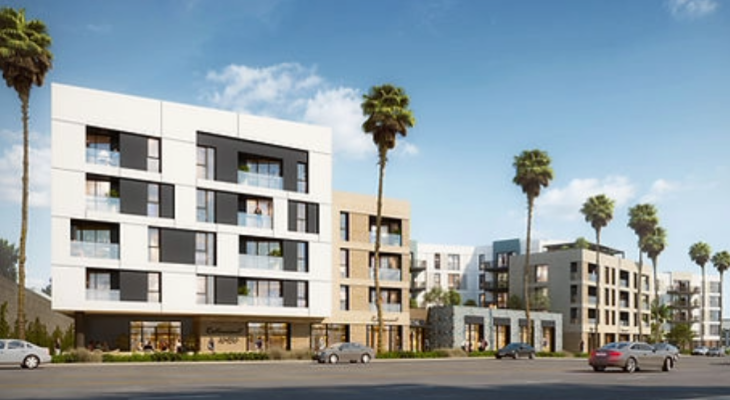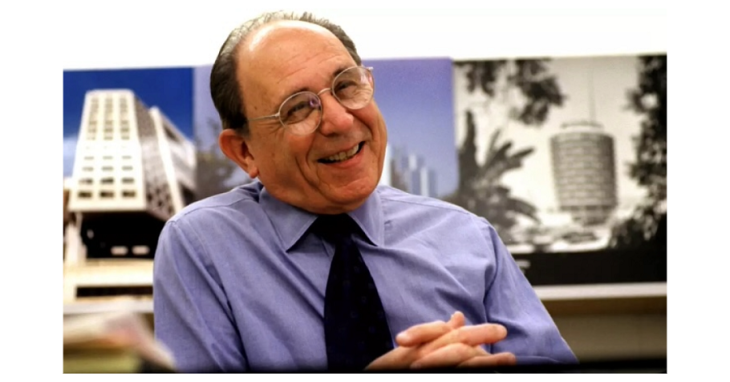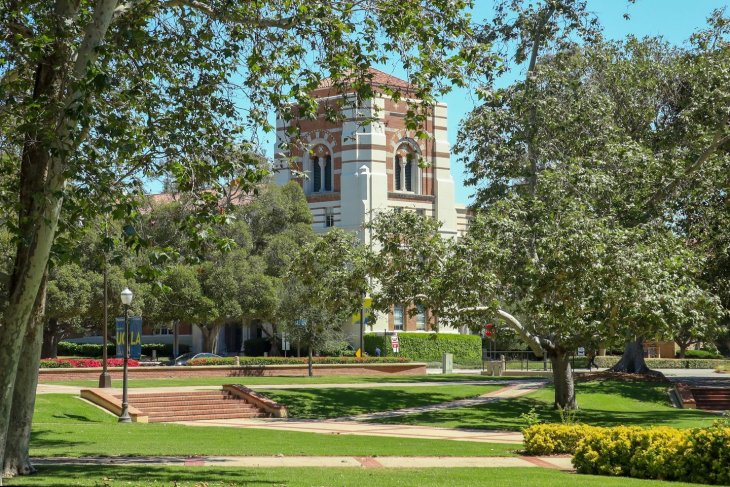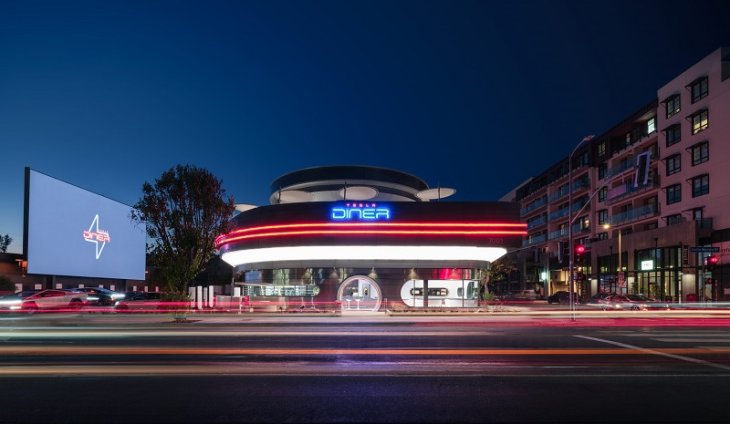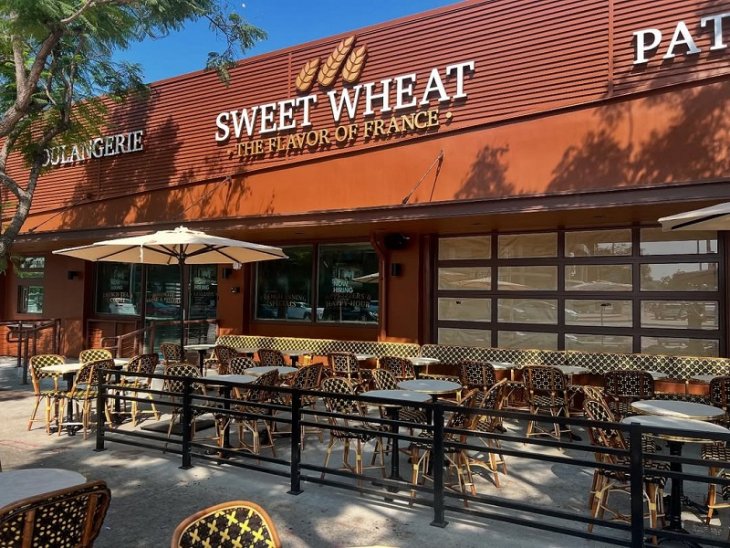City Council Motion Seeks to Remove Density Restrictions on Public Facilities Zones
By Dolores Quintana
The City of Los Angeles has a large and seemingly impossible task to complete, namely, build 255,000 additional homes by 2029. The City of Los Angeles will attempt to achieve this goal with a plan that uses community plan updates, the implementation of a citywide adaptive reuse ordinance, and a range of other initiatives, all aimed at bringing more housing to high-opportunity areas.
The latest idea to make this possible comes in the form of a recent motion introduced by 13th District City Councilmember Hugo Soto-Martinez, which seeks to facilitate housing development in the city’s public facilities zones, as reported by Urbanize Los Angeles.
The City Council’s Planning and Land Use Management Committee is considering Soto-Martinez’s new motion, which would change the zoning rules for the “Public Facilities Zones” and land use designations that are applied to many city-owned properties.
Presently, parcels within this zone lack density rights. However, they can be developed based on the density and zoning regulations of neighboring parcels. This has significant implications, particularly in commercial districts where it could pave the way for the construction of dense multifamily housing. Public Facilities lands that are surrounded by areas populated by industrial areas, or single-family homes cannot be developed into dense multifamily housing without changing the zoning of the area entirely.
To streamline the redevelopment of public facilities land, Soto-Martinez’s proposal includes an amendment to Section 12.04.089 of the Los Angeles Municipal Code. This amendment seeks to eliminate zoning and density restrictions within the public facilities zone, as well as other city-owned properties, if the proposed development would be for public, affordable housing.
Furthermore, the motion requests a comprehensive report from the Chief Administrative Officer and Chief Legislative Analyst. This report will outline which city department would assume the lead role in the development of affordable housing on public property and delineate the distribution of responsibilities among relevant departments.
The motion underscores the potential of public land to catalyze new projects in alignment with the Mayor’s Executive Directive 1. This directive has rapidly gained popularity as a tool for expediting applications for affordable housing developments in Los Angeles. According to the motion, Executive Directive 1 has substantially reduced the average review period from six months to approximately 37 days, marking a significant step toward addressing the city’s housing challenges.



